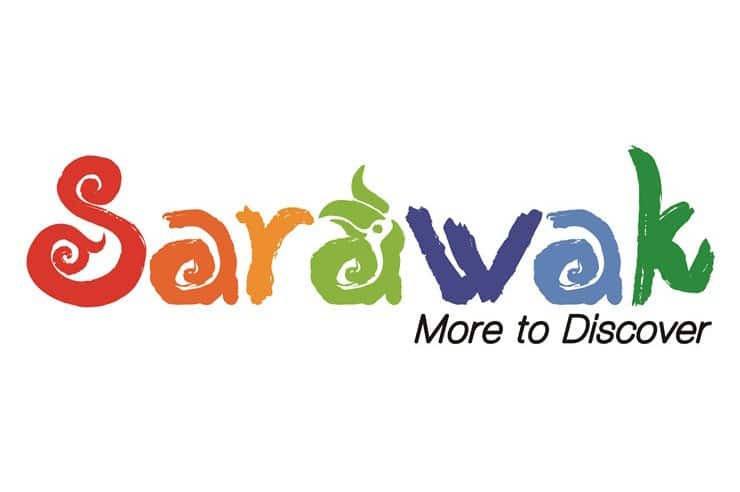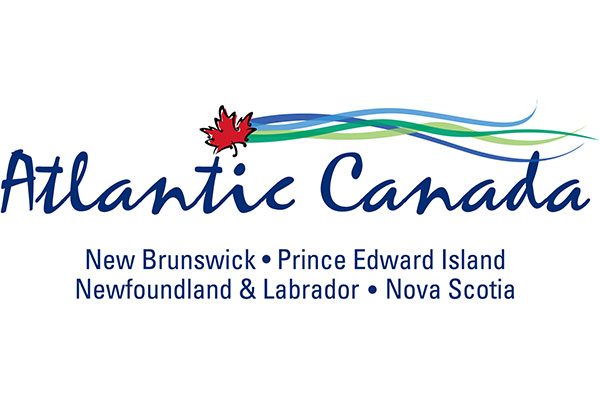How to get the mobile experience right

Becky Power, travel sector director Google UK, explains why it’s crucial for travel companies to have a smooth mobile landing page and suggests five ways travel marketers can lucratively speed up their mobile sites.
"Like all great travellers,
I have seen more than I remember,
And remember more than I have seen"
While this may read like a modern day Instagram post from a travel blogger, these words are in fact from former British prime minister Benjamin Disraeli speaking in the late 19th century. Over 100 years later, both the world and how we travel have changed immeasurably – but these words still contain a pertinent insight into how we perceive the travel experience.
From the check-in to the flight to arriving at the destination itself, those in the business of travel know how important the journey is. What travel brands and marketers need to remember is that this journey begins when a consumer first visits your website – and, increasingly, this first visit is coming from a mobile.
The rise of mobile and smartphones has undoubtedly been the revolutionary technology of the last decade – changing how we engage with our friends, family and brands alike. Recent research from the World Advertising Research Centre (WARC) found that ‘almost three quarters (72.6%) of internet users will access the web solely via their smartphones by 2025, equivalent to nearly 3.7 billion people’.
As Disraeli said, people remember more than they have seen. Over 40% of travellers say they bounce between dreaming about and planning their next trip, honing in on the details for one destination and then considering wider options again. Increasingly, this time is spent on mobile. In fact, the mobile web is now the most widely used platform in the world. Despite this surging usage, there is a still a significant gap between consumer expectation and brand site performance.
The average load time for a travel brand on mobile in the UK is a lengthy 9.1 seconds. Research from Google has found that 75% of people in the UK say that the speed it takes to load a page has the most impact on their overall experience – and 62% say they are less likely to purchase from that brand in the future if they have a negative mobile experience. A further 53% say they will leave a mobile site if it takes more than three seconds to load, while 50% of UK users abandon mobile transactions because of a poor experience. The need for travel brands to act is clear.
For travel brands, making sure that their mobile web experience is as smooth, speedy and seamless as possible should be a top priority. A key indicator of a poor mobile landing site is high bounce and low conversion rates – signifying that the landing page experience doesn’t match consumer expectations.
Nobody wants a bumpy landing – even on mobile. Here are five simple steps to improving your brands mobile experience:
1. Heed the need for speed
More than half of mobile site visits will be abandoned if a mobile site takes more than three seconds to load. Google recently released its updated Test My Site tool, which empowers businesses to invest wisely in mobile speed improvements. Also determine if technology, such as Accelerated Mobile Pages or Progressive Web Apps, might further improve your site’s performance. Expedia did just that and now delivers pages 2X to 3X faster than before.
2. Offer a clear value proposition
A mobile landing page should demonstrate how the product solves a customer problem, delivers benefits, or is better than its competition. A good value proposition uses customer-oriented language that answers the question, ‘Why should I book with this company?’ For a cruise company, for example, the call-out might be ‘Voted No. 1 Cruise Line,’ while a hotel brand might feature ‘More properties in Europe than any other brand’.
3. Present a prominent call to action
The action a user should take must be obvious on a landing page. User research can help identify what travellers expect to do when arriving on a site. Once you’ve established a clear call to action, use contrasting colours and fonts for high-visibility and large, easy-to-tap buttons. For key CTAs, like ‘book now’ or ‘contact us’ consider displaying the action button more than once or implementing an always-present or floating CTA.
4. Prioritise visible content
Prioritise above-the-fold content over anything else. That way, users will consider your site fully loaded earlier on, and can start browsing faster. Having multiple files concerned with font, size, colour and spacing can have a big impact on site speed, so have these load later on. While you’re at it, reduce navigation links and non-transactional elements that can be distracting to the user.
5. Box things – and keep the boxes light
Each resource on your mobile site requires additional requests from the server, so try to group similar files together. Small images under 10KB can also be combined into a sprite format. Sprite formats allow a collection of images to be filed under a single image, reducing the amount of server requests and speeding up loading times. Large images take longer to load and slow things down. Compress your images to below 100KB wherever possible. GZIP is a free to use software that can also reduce the size of text-based files, like JavaScript, by as much as 70-80%.
Bev
Editor in chief Bev Fearis has been a travel journalist for 25 years. She started her career at Travel Weekly, where she became deputy news editor, before joining Business Traveller as deputy editor and launching the magazine’s website. She has also written travel features, news and expert comment for the Guardian, Observer, Times, Telegraph, Boundless and other consumer titles and was named one of the top 50 UK travel journalists by the Press Gazette.
 United Kingdom
United Kingdom United States
United States Asia Pacific
Asia Pacific












































EU airports bring back 100ml liquid rule
CLIA: Anti-cruise demos could cause itinerary changes in Europe
Co-pilot faints, easyJet flight issues ‘red alert’
Dozens fall ill in P&O Cruises ship outbreak
Woman dies after getting ‘entangled’ in baggage carousel